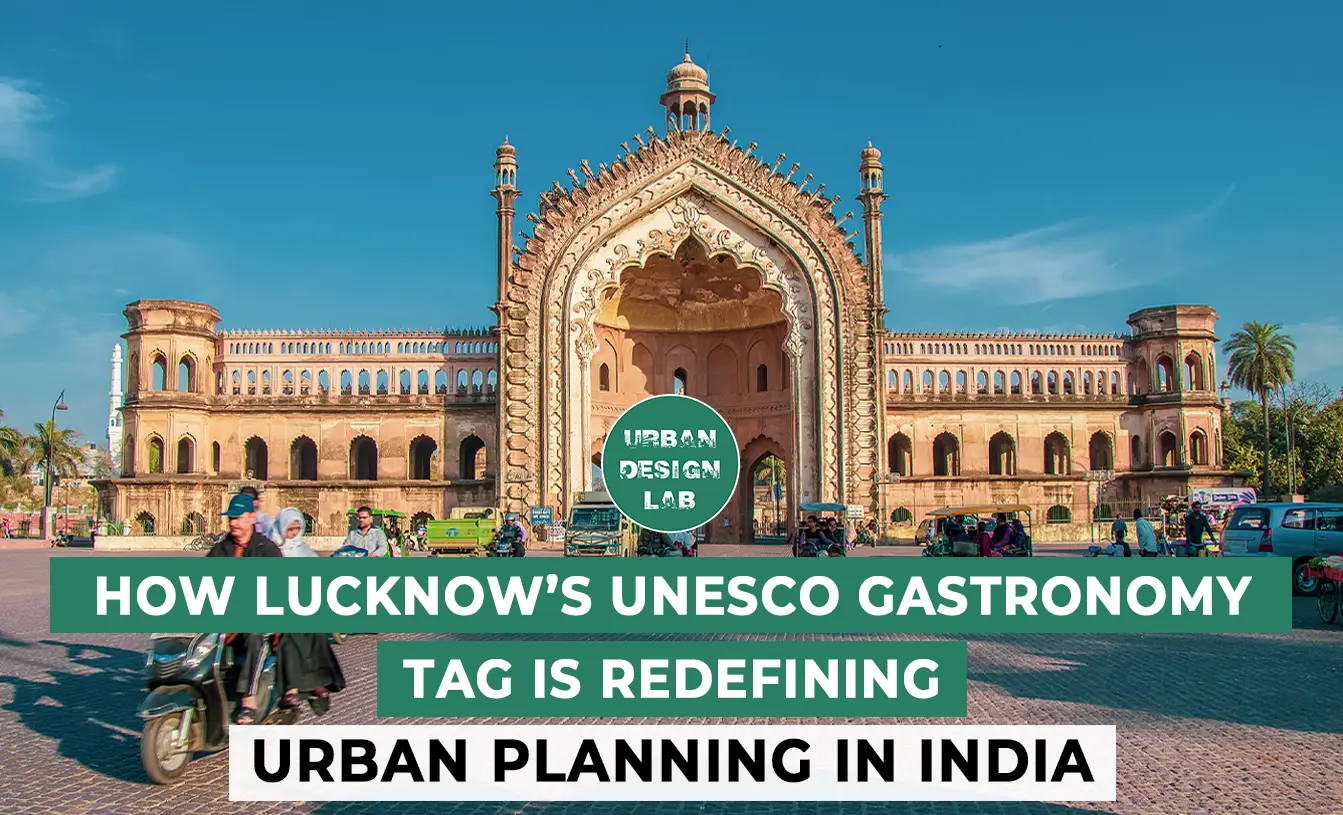
Lucknow Becomes UNESCO City of Gastronomy – What It Means for Urban Design?
Lucknow Becomes UNESCO City of Gastronomy – What It Means for Urban Design?

Lucknow Becomes UNESCO City of Gastronomy – What It Means for Urban Design?
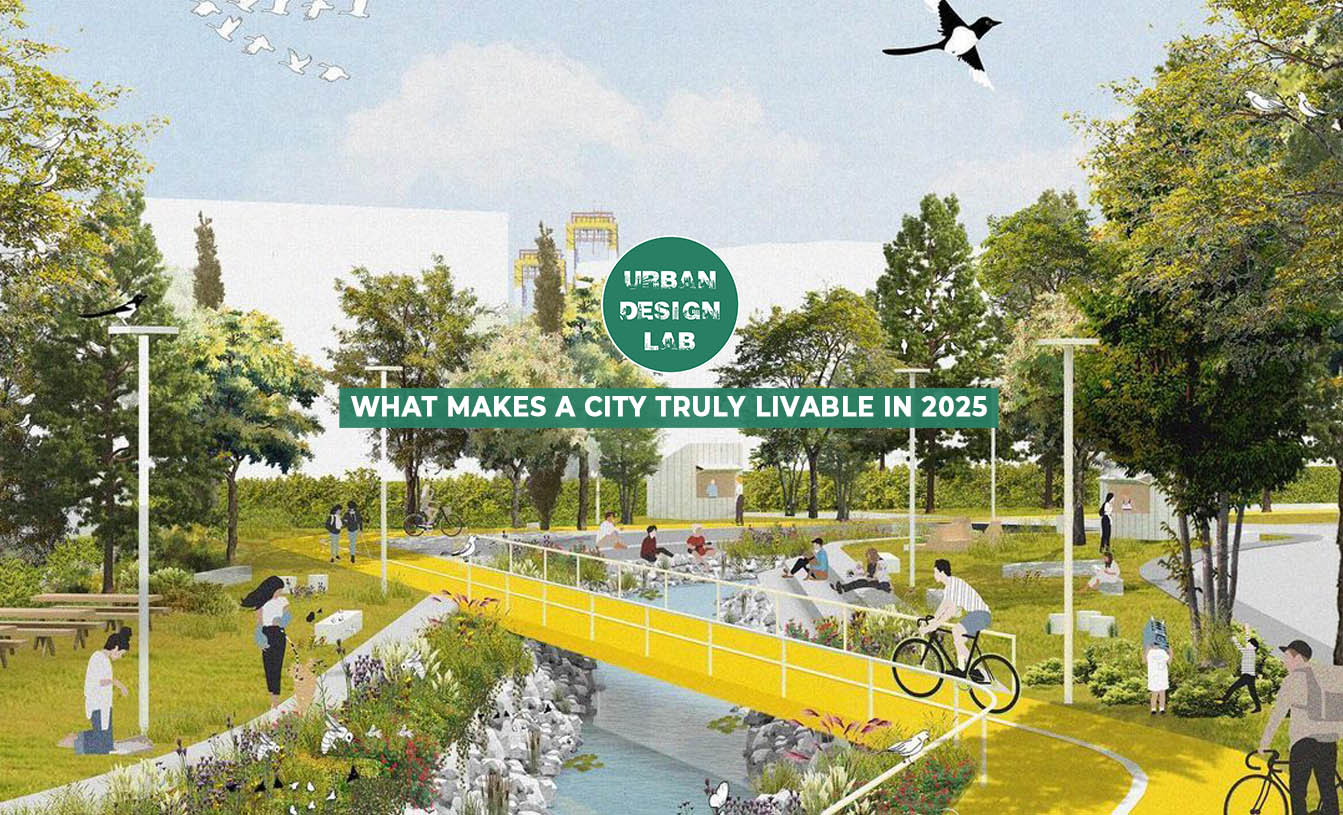
In 2025, livable cities prioritize accessibility, walkability, and green spaces, fostering safety, connection, sustainability, and well-being through inclusive design and inspiring urban planning.
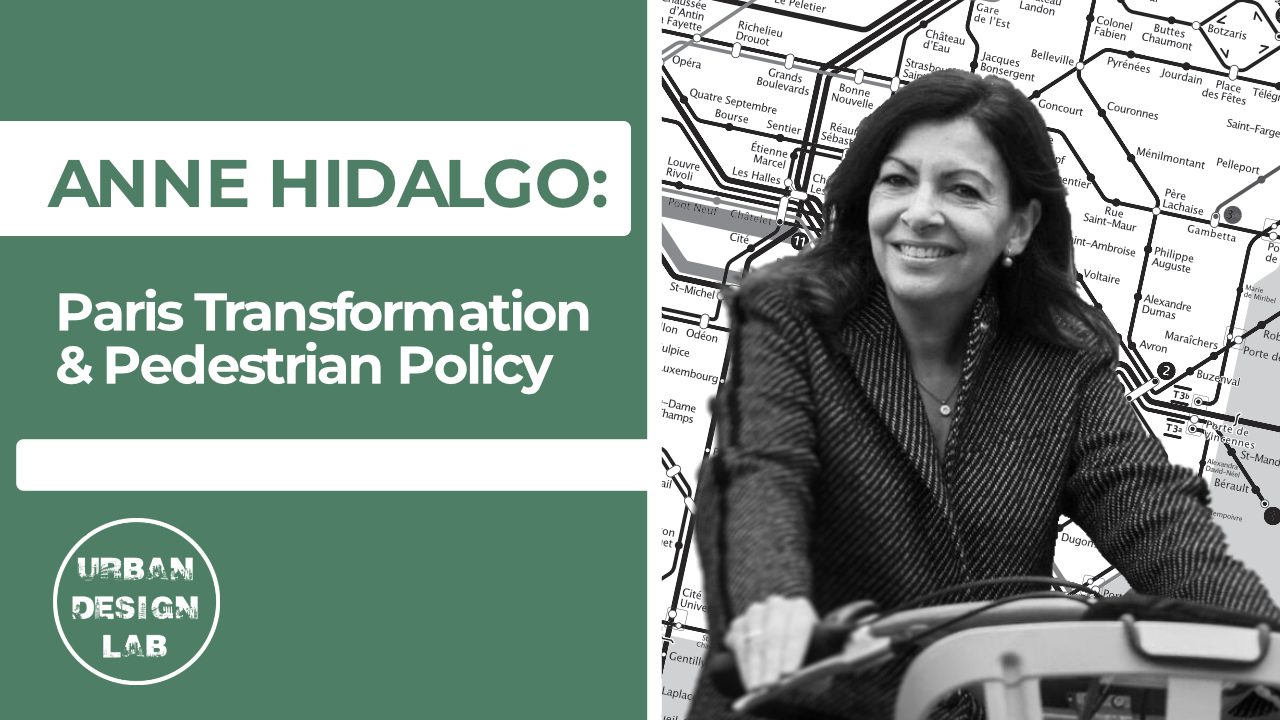
Anne Hidalgo has been an influential leader in sustainable and human-centered urban policy; as Paris’ first female mayor, she is an example of overcoming social and political boundaries.
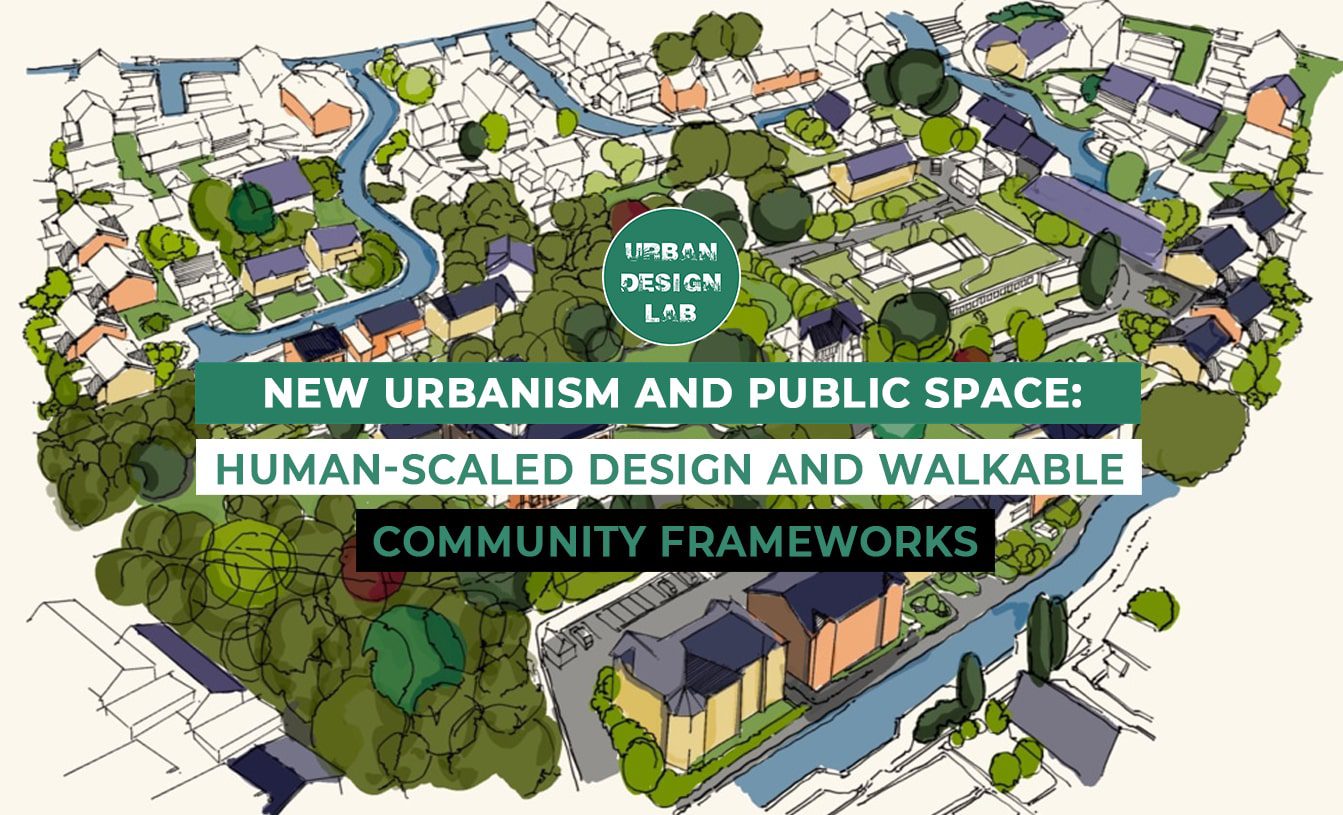
This report looks into the concepts of new urbanism and how emphasis is placed on human-oriented layout and walkable neighborhoods as things that are critical in sustainable urban infrastructure.
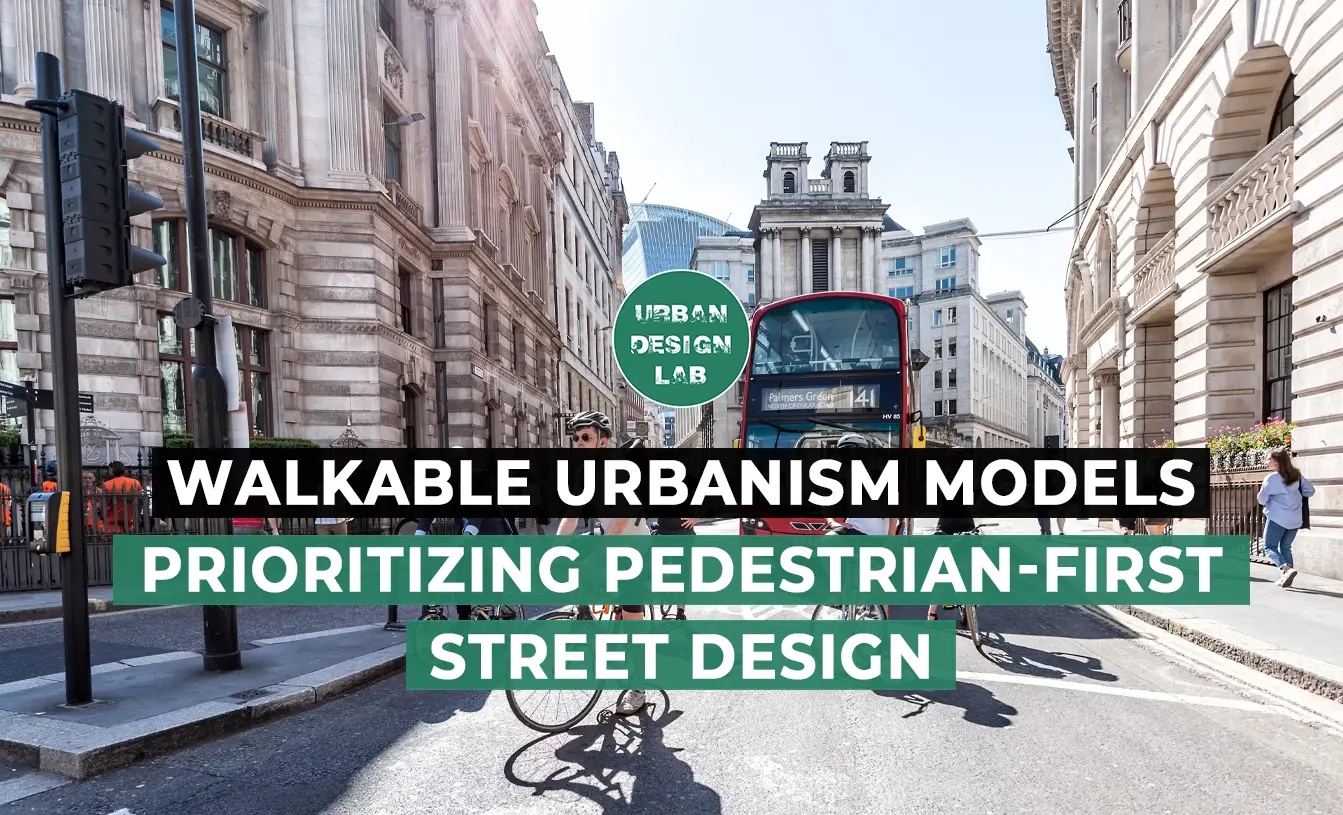
Prioritizing pedestrians transforms urban spaces, fostering healthier communities, economic growth, and environmental sustainability through human-centric street design.
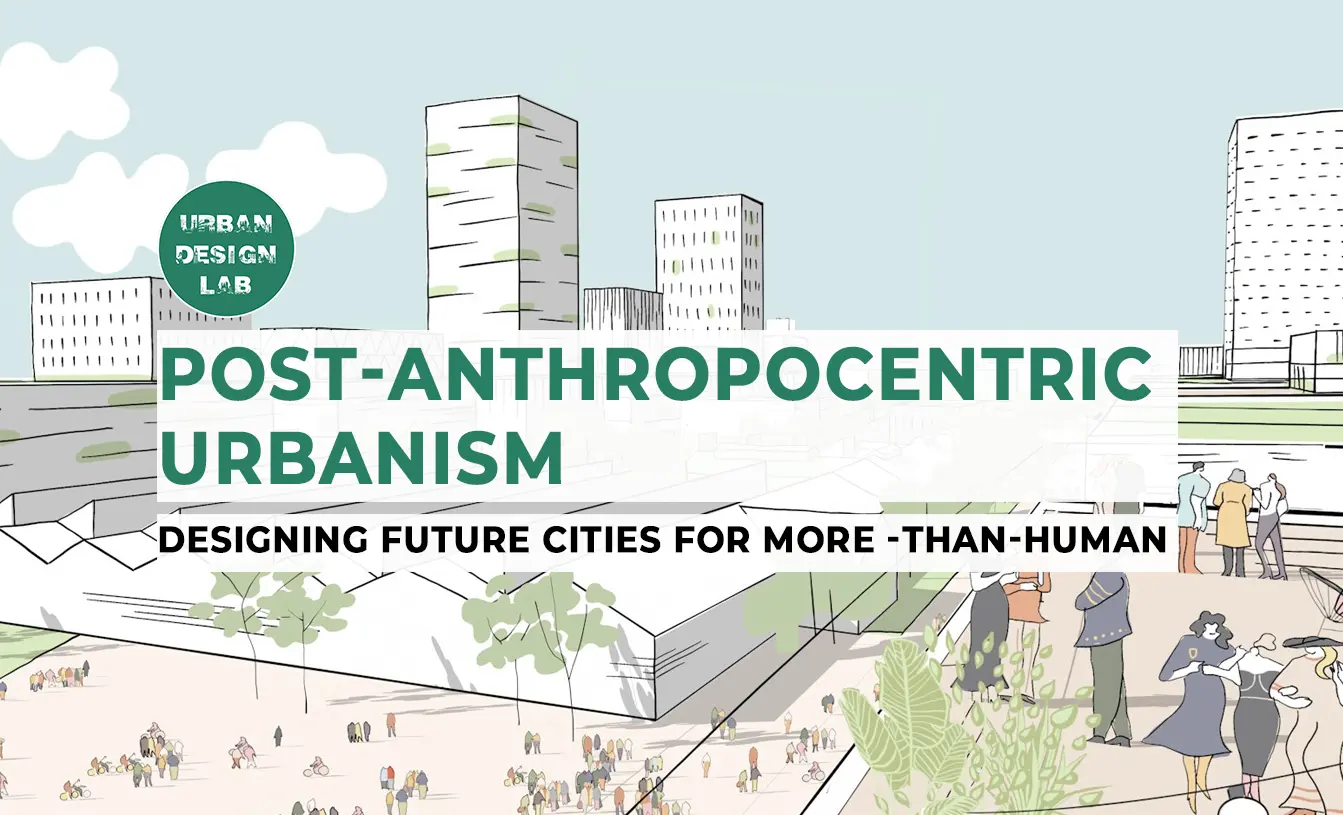
The article advocates for post-anthropocentric urbanism, promoting inclusive, more-than-human cities through ecological design, planning strategies, and neighborhood-scale interventions that restore ecosystems and support multispecies coexistence.
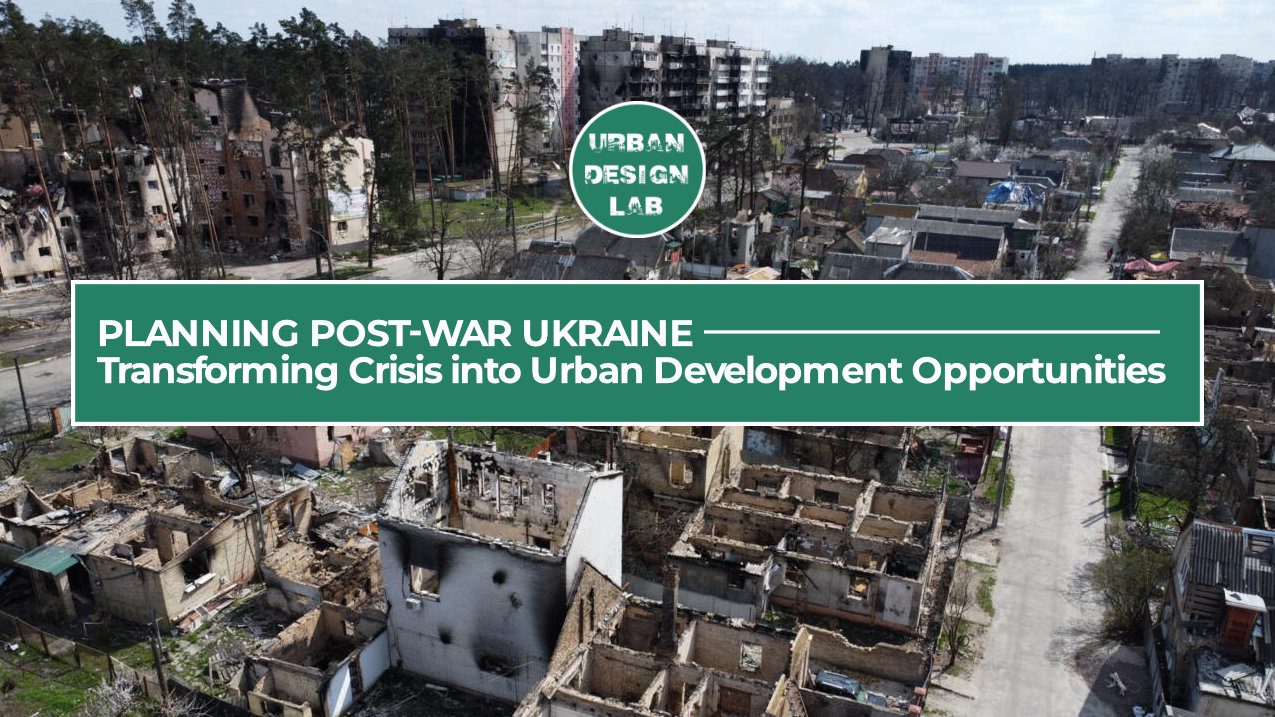
As Ukraine must rebuild and redevelop after the War, different approaches and techniques are presented, along with recent projects.
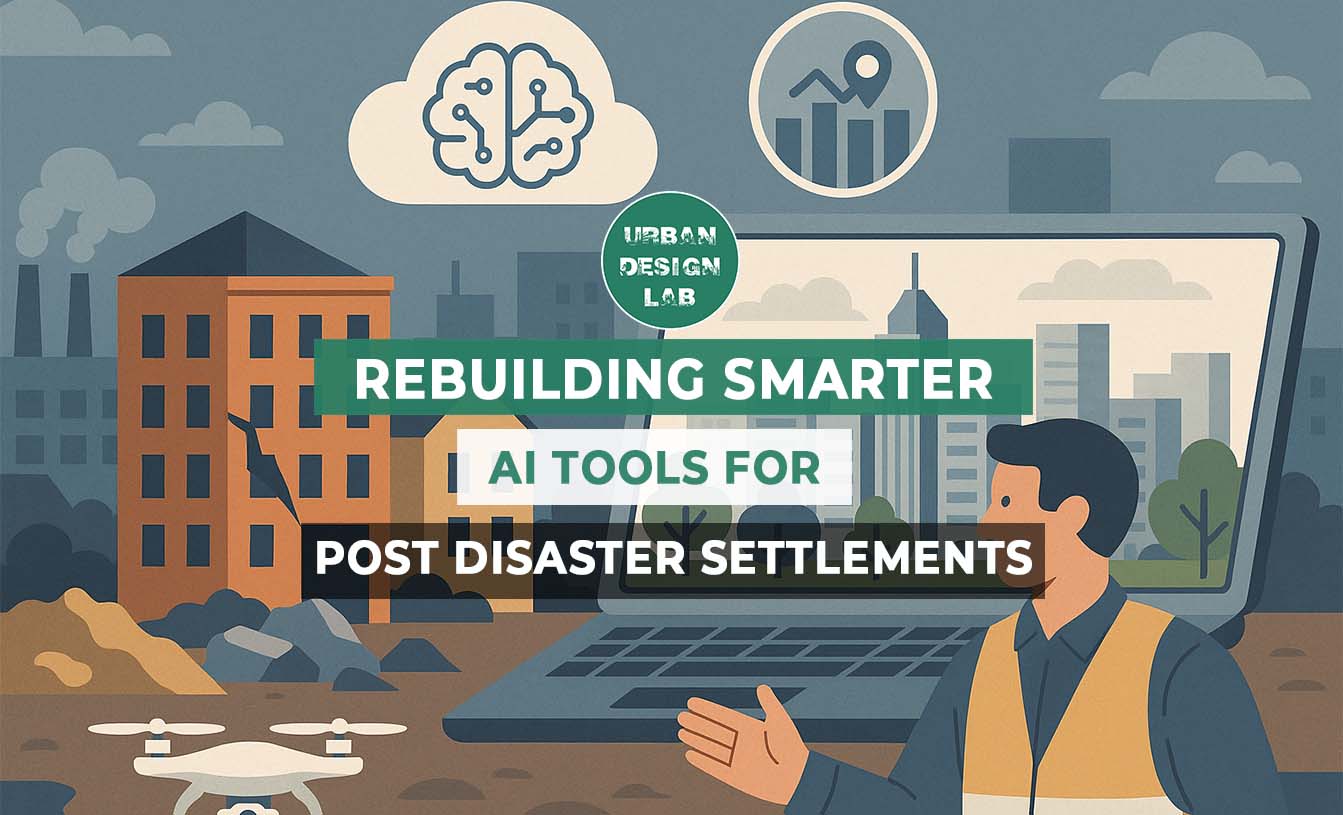
As disasters intensify, cities face mounting challenges. AI tools now support faster, smarter, and more resilient post-disaster recovery, assisting in assessment, planning, construction, and early warnings for safer urban futures.

The Bouregreg Waterfront project connects Rabat and Salé, showcasing cultural revitalization with iconic landmarks like the Grand Théâtre and Tramway, blending Morocco’s heritage, innovation, and urban transformation.
Visualising Urban and Architecture Diagrams
Session Dates

Stay updated on workshops, design tools, and calls for collaboration

Please go through our Newsletter Policy
| Cookie | Duration | Description |
|---|---|---|
| cookielawinfo-checkbox-functional | 11 months | The cookie is set by GDPR cookie consent to record the user consent for the cookies in the category "Functional". |
| cookielawinfo-checkbox-necessary | 11 months | This cookie is set by GDPR Cookie Consent plugin. The cookies is used to store the user consent for the cookies in the category "Necessary". |
| cookielawinfo-checkbox-performance | 11 months | This cookie is set by GDPR Cookie Consent plugin. The cookie is used to store the user consent for the cookies in the category "Performance". |
| cookielawinfo-checkbox-analytics | 11 months | This cookie is set by GDPR Cookie Consent plugin. The cookie is used to store the user consent for the cookies in the category "Analytics". |
| cookielawinfo-checkbox-others | 11 months | This cookie is set by GDPR Cookie Consent plugin. The cookie is used to store the user consent for the cookies in the category "Other. |
| viewed_cookie_policy | 11 months | The cookie is set by the GDPR Cookie Consent plugin and is used to store whether or not user has consented to the use of cookies. It does not store any personal data. |

